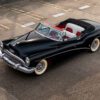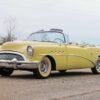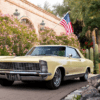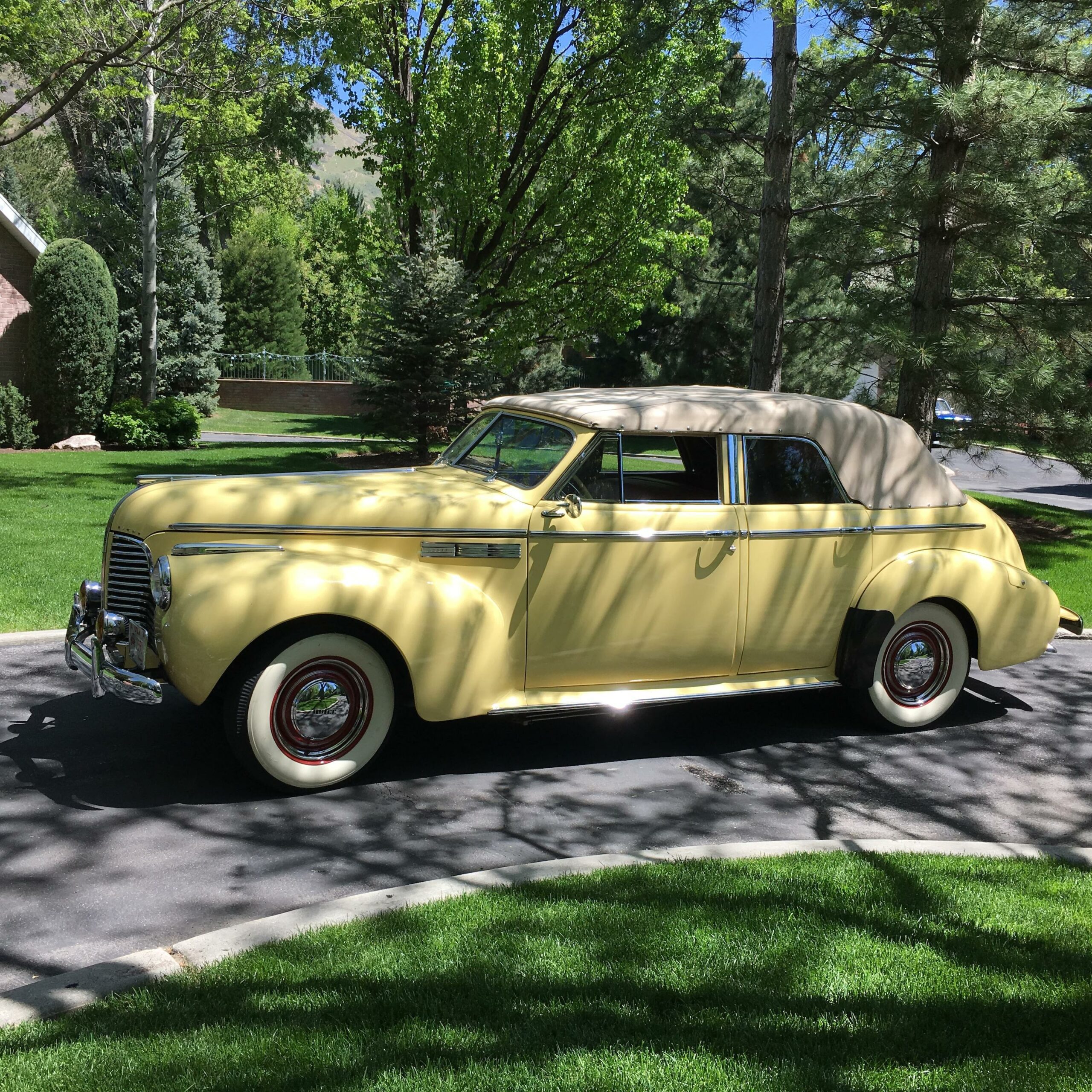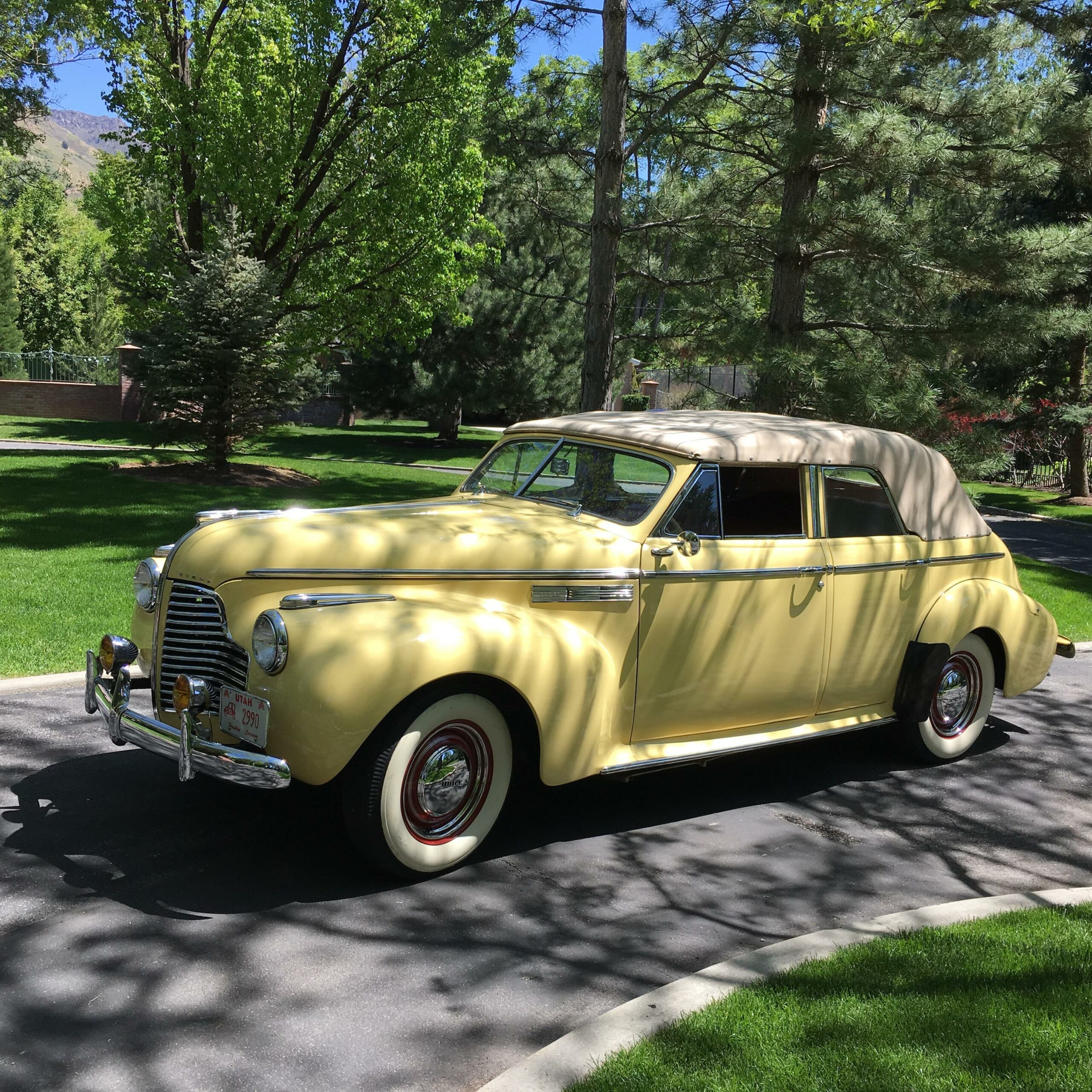During the 1930s, Buick witnessed a significant expansion in its model range, and this progression reached its peak in the redesigned lineup of 1940, which boasted an impressive selection of 10 open models. Spanning from the entry-level Series 40 Special to the Series 50 Super line, and including the larger Series 60 Century and Series 70 Roadmaster, Buick’s range reached its zenith with the Series 80 and 90 Limited models.
The public warmly embraced this broadened Buick model line, resulting in a total production of 310,995 units for the calendar year, which even included the milestone achievement of building the four millionth Buick automobile. In fact, 1940 marked the most successful production year in the history of General Motors’ division at that time, securing Buick’s enviable fourth place in the American sales rankings.
The luxurious Series 50 Super models for the year 1940 shared a 121-inch wheelbase chassis with the Series 40 Special line. The Super lineup offered five body styles, including a 4-door Touring Sedan, 4-door Convertible Phaeton, 2-door Sport Coupe, 4-door Estate Wagon, and a 2-door Convertible Coupe. Notably, all these models showcased clean styling, doing away with the old-fashioned running boards. The standard interior boasted smart Bedford cord upholstery in a two-tone Tan color scheme.
The Convertible Phaeton, known for its versatility, was quite rare, with only 529 examples produced for the 1940 model year. True to Buick’s reputation for robust engineering, the 1940 models introduced new Fore-N-Aft Flash-Way directional signals, and Buick’s convertibles were among the first production automobiles to feature a power-hydraulic folding top.
Source: Bonhams


